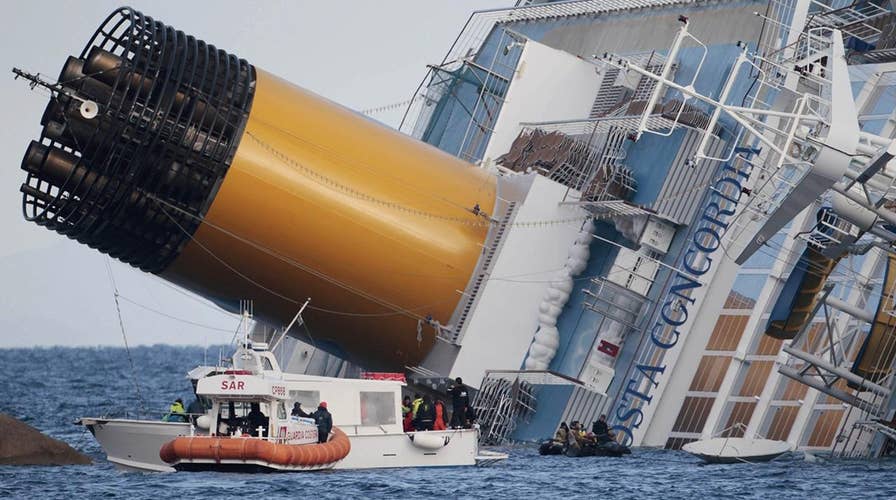Cruise ship disasters: A brief history
From norovirus to the deadly bus accident in Mexico, a round-up of cruise ship incidents that have put passengers in harm’s way
The air on several popular cruise ships isn’t exactly fresh as an ocean breeze — and may be just as polluted as the streets of Taipei, Beijing and Santiago, according to a new study.
Ryan Kennedy, an associate professor at the Johns Hopkins Bloomberg School of Health, secretly measured the amount of ultrafine particles in the air on four cruise ships travelling off the U.S. West Coast of Caribbean, and found measurements similar to highly polluted regions across the globe.

Some of the worst readings were taken in designated areas for exercise and children’s activities, according to the study. (iStock)
“I think there’s a perception that these ships are out there in the middle of nowhere and the winds just disperse it,” Kennedy — who secretly measured air quality in 2017 and last year aboard the Carnival Liberty, Carnival Freedom, Holland America Amsterdam, and Princess Emerald — told the Miami Herald. “You’re still being exposed to these ultrafine particles.”
Some of the worst readings were taken in designated areas for exercise and children’s activities, according to the study.
“Despite being on the open water and in open air, vacationers and cruise ship staff may be exposed to elevated concentrations of [particulate matter],” according to the study, done in partnership with the environmental advocacy group Stand.earth.
He found average particle counts ranging between 1,540 – 33,514 particles per cubic centimeter on all four ships.
In 2009, readings done on a busy Beijing street showed concentrations of about 30,000 particles per cubic centimeter, and a Taipei train station had readings around 15,500 particles per cubic centimeter.
Though Kennedy didn’t test what specific particles were in the air, he said he noticed a distinct fuel smell in the air.
FOLLOW US ON FACEBOOK FOR MORE FOX LIFESTYLE NEWS
“There’s no question in my mind that the source is diesel or some other equivalent,” he told the Herald.
Carnival Cruise Line blasted the study, saying that Kennedy’s tests are “completely ridiculous, inaccurate and in no way represent reality.”
Mike Kaczmarek, Carnival’s senior vice president of marine technology and refit, told the paper that smokestacks on ships are deliberately constructed to be tall, so that pollutants are directed away from passengers.
CLICK HERE TO GET THE FOX NEWS APP
“It really hasn’t been an issue because the ship is moving, the air is flowing,” Kaczmarek said. “It’s like sitting on top of your car. Would you be worried about air quality on the roof of your car?”
Roger Frizzell, a Carnival spokesman, questioned the motives of Stand.earth in a statement issued to the outlet.
“This particular organization, for fund raising purposes, is constantly in search of a problem in our industry even if it has to create fake tests that really have no scientific basis,” he said. “The safety of our guests is our top priority and we undertake our cruises in close coordination with national and international regulatory bodies like the EPA to insure the utmost safety of our guests and crew.”






















